Today, you’re going to learn how to practice mindfulness in daily life using 6 easy mindfulness exercises for beginners.
Stress is an unavoidable part of life.
Our lives are filled with uncertainties, struggles, illness, death, and an inability to fully control life circumstances.
Stress, left unaddressed, may cause issues, such as anxiety, muscle tension, burnout, headaches, stomach distress, difficulty in concentrating, worry, sleep disturbances, or feeling overwhelmed.
What Is Mindfulness?
Mindfulness is the practice of cultivating awareness in the present moment.
Put simply, mindfulness consists of being fully aware of whatever is happening in the present moment.
Mindfulness isn’t just a practice related to ancient Buddhist meditative disciplines, it’s also a universal practice that anyone can benefit from.
Mindfulness helps you enhance your psychological and physical well-being through recognizing your habitual thinking patterns and other ingrained behaviors.
Once you become aware of your inner state—your thoughts, emotions, sensations — you’ll be more able to cope with stressful situations, renew your enthusiasm for life and work, and generally feel so much better.
Mindfulness helps you recognize that there are choices in how you respond to stressful situations. The key is awareness.
Viktor Frankl, psychiatrist and holocaust survivor, states “Between stimulus and response there is a space. In that space is our power to choose our response. In our response lies our growth and our freedom” (Pattakos 2008, p. viii).
Related: Best 8 Mindfulness Exercises For Adults That Will Help You Regulate Your Emotions
Why Be Mindful?
You can only change that which you are aware of.
Mindfulness helps expand our awareness and offers freedom of choice.
Mindfulness is a powerful, scientifically proven medicine for breaking free from the daily stress of life.
Mindfulness helps balance bother the external world and our internal experience of body, feelings, and thoughts.
Thanks to the neuroplasticity theory, studies show that it is possible to change old behaviors and rewire the brain through focused attention and practices like mindfulness and meditation.
A growing body of evidence shows that mindfulness has many benefits including:
- Increases our ability to regulate and manage emotions,
- Decreases stress, anxiety, and depression, (1)
- Decreases the lure of instant gratification, (2)
- Reduces your fearful thoughts and panic attacks, (3)
- Increases your focus and make work and other tasks less stressful and smoother, (4)
- Reduces physical burnout. (5)
As we become more present in our lives and in relation to others, we become better at making decisions and managing our emotions, and we become more fully engaged in life in general.
Related: Best 99 Coping Skills (+FREE Coping Worksheets)
Mindfulness Myths
Common myths and misconceptions around mindfulness can make people hesitant to practice mindfulness. The following are some examples:
Myth 1. Mindfulness is about religion
You don’t need to be religious to practice mindfulness. Mindfulness is a practice of nonjudgmental self-observation anyone can practice.
Myth 2: Mindfulness is meditation
Meditation offers the opportunity to become mindful, but mindfulness can be practice outside of meditation.
Mindfulness is about remaining aware anywhere. You could practice it while walking, doing the dishes, taking a shower, or even engaging in conversations.
Myth 3: Mindfulness is relaxing
This is not always the case. Mindfulness increases your awareness of difficult emotions or conflicts you were avoiding.
Related: How To Feel Your Feelings & Sit With Painful Emotions? (Top 9 Difficult Emotions)
Mindfulness Skills
These are five main mindfulness skills:
1. Mindfully attend to your experiences
Mindfully attend to something you’re experiencing in the moment without judgment. Pay attention to physical sensations, thoughts, or emotions.
2. Objectively label your experiences
Simply describe the facts of your experience without judging something as good or bad or right or wrong.
Don’t assume anything and stick to the facts.
3. Immersing yourself in the present activity
Fully immerse yourself into whatever you’re doing in the present moment and pay close attention to what you’re experiencing.
4. Do one thing at a time
Avoid multitasking and focus all of your attention on one activity at a time.
5. Do what works
Instead of wasting your time and energy feeling bad about your experience, learn from the past and do the things that help you reach your goals before.
Related: The Difference Between Pain And Suffering (+Top 4 Tips On How To Embrace Pain & Stop Suffering)
Before You Begin
#1. Expand Your Mindfulness Vocabulary
If you have a religious background that constitutes for you a negative filter blocking you from opening up to practices like mindfulness, try exploring a broader and more expansive mindfulness vocabulary—one that includes words other than mindfulness or meditation.
Mindfulness is about noticing things (thoughts, sensations in the body, feelings, environment) for what they are without judging them as good or bad, right or wrong.
This vocabulary may include generic terms or metaphors such as:
- quieting the monkey mind
- hitting the pause button
- getting in the zone
- getting in touch
- observing with non-judgment
- paying attention
- being curious
- coming back to your senses
- opening to the what-is as rather than the what-if
- getting freed from reactivity
- be here now
- an open-hearted acceptance and letting-go
- surfing the moment
- noticing the moment
- cultivating awareness and clarity
- watching and observing
- tuning-in to the moment
- moment-to-moment awareness of the breath
- peace, calm, and stillness
- stop and listen
- leaving the busy mind by dropping into the body
- focusing on the moment
- non-dual awareness
- creating space
- impartial witness
- detached awareness
#2. Let Go of Self-Critical Thoughts
It is very common for anyone learning mindfulness to have thoughts like, I’m not doing this right, or, I’ll never be able to do this perfectly.
Mindfulness, like any skill, requires time and patience to learn it well.
That’s why mindfulness is more accurately described as re-focusing your attention. It’s totally normal to find yourself bringing your attention back to the mind and body and environment time and time again – there is no failure with it.
Mindfulness is not about stopping your thoughts, either. All you need to do is notice them.
Related: How To Do Thought Work In 3 Simple Steps
#3. Create Mindfulness Routine
When starting to practice mindfulness, one good idea is to start in small, realistic, and achievable ways.
This might mean, for example, practicing for one minute a day to begin.
It’s also helpful to schedule your mindfulness practices in advance. Try creating a back-up plan in case the initial practice time is missed.
If you find practice difficult, try asking yourself, “What obstacles might have made it difficult for me to do this practice?”
You might find it helpful to reach out to a supportive friend to bring some accountability to the practices.
#4. The Power of Diaphragmatic Breathing
Diaphragmatic breathing, also known as belly breathing, is effective with anxiety and depression because it shifts attention away from unproductive mind wandering
Belly breathing also helps reduces anxious symptoms and activates the relaxation system by:
- Lowering blood pressure, pulse rate and respiration
- Increasing alpha brain waves (calm and alert state)
- Releasing the neurotransmitter serotonin
How to practice diaphragmatic breathing?
1. Sit back or lie down and relax your shoulders
2. Inhale through your nose for 4 seconds
3. Place one hand on your belly and feel it rising as you inhale
4. Hold your breath for 7 seconds
5. Breathe out for 8 seconds through pursed lips while pressing on your belly.
Related: What Is the 333 Rule for Anxiety? (& Other Anxiety Coping Strategies)
Best 6 Easy Mindfulness Exercises For Beginners
Mindfulness can be practiced in two ways: formally and informally.
Formal practice means taking the time to intentionally sit, or lie down and focus on your breath, bodily sensations, or thoughts, and emotions.
Practical Exercise – Formal Practice
1. Take a few moments to be still and enter the world of being rather than doing.
2. Begin this exercise by focusing on your breath and feeling into your body and mind and simply allowing any thought, emotion, or physical sensation to just be.
3. You don’t need to judge, analyze, or figure things out. Spend about three minutes simply checking in with yourself.
Informal practice means bringing mindful awareness to daily activities, such as doing chores, eating, exercising, relating to others, and any other action, whether at work, at home, or anywhere else.
Practical Exercise – Informal Practice
1. Choose a task that you normally do on a daily basis, like brushing your teeth or taking a shower.
2. Try to focus your attention on the task, bringing all of your senses to the experience.
3. If you’re taking a shower, feel and listen to the water pouring against your skin, and smell the shampoo you’re using, and visual details you don’t usually notice, such as the iridescence of the bubbles.
#1. Practice Mindfulness Throughout Your Day
You can practice mindfulness from the moment you wake up to the moment you lay your head on the pillow at the end of your day.
This will help you stay present, appreciate whatever situation you find yourself in, and feel calmer and at peace
1. As you open your eyes in the morning, stop yourself from checking your phone or jumping out of bed, and instead take a few moments to do a mindful check-in. Notice your thoughts, emotions, and body sensations.
2. As you shower, notice the smell of soap, feel the sensation of the water on your body, and listen to its sound.
3. If you live with others, take a few moments to listen and connect with them mindfully.
4. As you head for your car, walk more slowly, check in with your body sensations, and notice any tension. Try to soften it before you start your drive.
5. On your way to work, find opportunities to notice your breathing and body sensations.
6. Throughout your day at work, do mindful check-ins from time to time. If you can, turn off your email and social messaging as you focus on the task at hand.
7. If possible, have a meal by yourself in silence, try eating slower than you usually do, and tune in to the taste and texture of your food in your mouth.
8. When you get home, do a mindful check-in and notice if your body is tense. Soften those muscles by breathing deeply and bringing awareness to your muscles.
Related: Best 9 Tips On How To Stop Avoidance Coping (+FREE Worksheets PDF)
#2. Mindful Eating
Mindful eating has been shown to reduce stress and prevent weight gain even without dieting. (6)
It helps individuals recognize sensations of fullness and taste satisfaction, which helps you distinguish between emotional and real, physical hunger.
Mindful eating also helps increase your awareness of triggers that make you want to eat, even when you’re not hungry.
By becoming aware of your triggers, you can create a space between your response and them, which gives you the time and freedom to choose how to react.
Formal Practice
1. Place a few blueberries in your hand, or any other kind of fruit.
2. Imagine looking at this fruit for the first time in your life and try to explore it with all of your senses.
3. Notice what color it is and where the surface reflects light or becomes darker.
4. Notice how its texture. Feel any softness, hardness, coarseness, or smoothness.
5. Acknowledge any thoughts you might have at this moment. You might find yourself thinking “Why am I doing this weird exercise?” or, “How will this ever help me?” Let these thoughts be and bring your attention back to the object.
6. Notice the smell of the object.
7. Bring the object to one ear. Roll it around or squeeze it and notice any sound that might come from it.
8. Take the object to your mouth and become aware of your mouth watering.
9. Explore the sensations of this object in your mouth, before biting down on it.
10. Notice the tastes it releases, while slowly chewing this object.
11. When you’re ready to swallow, notice the intention to swallow, then notice the sensations of swallowing the fruit, notice it moving down to your throat and into your esophagus on its way to your stomach.
Informal Practice
Eating is something we do every day, yet most of us do it while distracted by something else, like reading, or watching TV.
Eating is a good way to practice mindfulness. You can extend the approach in the formal practice above to any eating experience.
All you need to do is to give the experience of eating your full, undivided attention and observe the mind and body with curiosity and objectivity, and without judgment.
Related: How To Break Emotional Eating? Top 8 Powerful Ways To Stop Comfort Eating
#3. Mindful Breathing
Your breath is the best way to bring your attention back to the present and become mindful.
To practice mindful breathing, there is no need to count, visualize, or manipulate the breath in any way. All you need to do is to be mindful when you breathe in and out – breathe naturally and be aware of breathing in and out.
You can notice your breath in your nose, chest, belly, or even your entire body as you breathe in and out.
Abdominal Breathing
Abdominal breathing refers to breathing from the belly, rather than only into the chest.
It is the way we all naturally breathe, especially when we’re lying down.
It helps calm anxiety and reduces stress and moderate irregular breathing patterns, as it represents the opposite of the shallow, upper chest breathing that is part of the typical stress response.
To practice abdominal breathing, place your hand on your belly and feel it expands as you inhale and contract as you exhale.
#4. Mindful Walking
Walking usually consists of going from point A to point B.
Mindful Walking, on the other hand, is deliberate and serves a different purpose. It is an excellent way to reduce stressful and anxious thoughts and feel your feet on the earth.
Mindful Walking involves slowing the process and noticing the movement of each foot as you lift it, move it forward, and place it back down with each step.
1. Begin by standing while you take a moment to feel your body. Feel the ground or the floor under your feet.
2. Become aware of your surroundings. Take in any sights, smells, tastes, sounds, or other sensations around you.
3. Notice any thoughts and emotions and let them be without judgment.
4. Begin to mindfully focus upon walking as you shift the weight to one leg and begin to lift the other foot up, move it forward, then place it back down on the ground.
5. Notice how your body moves as you walk with your arms swinging back and forth.
Related: Top 45 Self Care Day Ideas at Home To Kickstart Your Self Care Ritual
#5. Body Awareness
Body awareness refers to the body scan meditation in which you deeply observe the moment-to-moment experiences of the body.
By bringing awareness to whatever you feel or sense in the body along with any evoked thoughts and emotions, you reduce stress, anxiety, and physical pain.
These sensations and physical pain might be related to anxiety. You may notice tightness in the chest, tension in the shoulders or back, or cramping in the stomach.
Body awareness can help alert you that you might be anxious, allowing you to work with that emotion before it snowballs.
1. Gently begin to focus on your breath.
2. Breathe normally and naturally while focusing on the tip of the nose or the abdomen.
3. When your mind wanders away from awareness of breathing, acknowledge wherever you went and gently come back to the breath.
4. Gently withdraw awareness from mindful breathing and shift to the body scan. As you go through your body, allow tight or tense areas to soften. If you can’t, just let the sensations be. This also applies to emotions.
5. when you finish going through every area of your body, expand the field of awareness to the entire body from head to toe to fingertips.
6. Breathing in, feel the whole body rising and expanding on inhalation and falling and contracting on an exhalation.
Informal Practice: Minding Your Pain
When you experience tension or pain in any area of your body, instead of getting away from the unpleasant feeling, choose to adopt the attitude of mindfulness – ride the waves of sensations and let them be.
Bring attention to physical sensations in your body and curiously notice how you’re feeling.
Allow yourself to feel these physical or emotional sensations as they are, without resistance or judgment.
To help you remember to practice, you can schedule a reminder on your phone that says something like “How is my body?”
Related: Positive Body Image Quiz (+Best 12 Tips On How To Improve Your Body Image)
#6. Mindful Self-Inquiry
Mindful self-inquiry is a deep look into the nature of one’s own mind and being – physical sensations, emotions, and thoughts.
Mindful self-inquiry is a great way to self-reflect and bring awareness and acknowledgment to any stressed or anxious feelings in the body and mind and simply allow them to be, without analyzing, suppressing, or encouraging them.
This may seem scary in and of itself, but it’s the only way to help these difficult thoughts and emotions dissipate.
When you don’t deal with your pain, it gets larger, until eventually, it gets too heavy to carry any further.
Instead of expending energy fighting or turning away from your difficult thoughts and emotions, through self-inquiry, you begin to create the opportunity to gain insight into what’s fueling them and begin to understand the underlying causes that need to be addressed.
Informal Practice
1. Notice any strong emotion and allow it to be present.
2. Feel into the sensation, be curious about it, and ask yourself, “What am I needing right now?”
By understanding what you need, you’ll gain a sense of self-reliance and confidence.
Related: Top 21 Emotional Writing Prompts To Process Emotions
More Mindfulness Activities to Help You Connect With Yourself
Physical Mindfulness Activities
1. Coloring
Coloring can be a relaxing activity and a good way to practice mindfulness.
Let yourself become fully absorbed in this activity. Notice the sounds of your pen against the paper, the smell of wax or ink, the texture of the paper.
Practical Exercise: Coloring A Mandala
Choose from this website a mandala you want to color and print it.
2. Tea Drinking
If you’re a tea lover, why not drink it a bit slower and savor every sip.
Practical Exercise – Mindful Tea Drinking
1. From the moment you make the tea, notice the sensations, the smells that arise, the color, the sound of the kettle
2. Savor the taste, notice the temperature.
3. When your mind wanders, gently bring your attention back to the tea and your body.
Related: 35 Self Care Saturday Ideas To Try This Weekend
3. Gardening
Gardening can be a therapeutic activity and a great way to practice mindfulness.
Even if you don’t have your own garden, you can still enjoy the benefits by planting a window box or getting houseplants.
Practical Exercise: Gardening
1. Notice the feeling of the soil against your hands.
2. Observe the leaves and the details in them.
3. Notice what you can smell.
4. Meditation
Meditation helps you achieve a calm and enlightened state of mind and increase your focus and energy.
Practical Exercise: Body Scan Exercise
One simple way to practice meditation is doing a body scan.
1. Sit in a comfortable position.
2. Close your eyes and focus on your breathing.
3. Start scanning your body mindfully. Start with your toes, working your way up, focus on each part. Feel the pulse in each part.
4. Notice if you have any tension in any area. Continue to breathe deeply and release tension as you breathe out.
5. Spending Time In Nature
A number of studies have shown that spending a few minutes every day in nature is linked to better health and well-being.
Practical Exercise – Connect With Nature
1. Kneel or sit on the ground.
2. Notice the small details around you.
3. Find a leaf. Observe its shape, design, and color.
4. Feel its temperature and texture.
5. Breathe in its smell.
6. Repeat the activity with other items.
Related: Best 100 Self Care Affirmations To Honor Yourself
6. Working Out
Exercise is a great way to practice mindfulness and deepen your connection to yourself through movement and breath.
Practical Exercise – 20-Minute Exercise
1. Remind yourself why you’re working out. Some ideas:
- This exercise will help me have more energy
- It’ll help me feel really good about myself
- I’ll sleep better tonight
- I deserve to take care of myself, and exercise is part of that
- It’ll help me release stress and tension
2. Slow down and take your time as you carry on each exercise.
3. Remind yourself to breathe deeply and notice your breath as you inhale and exhale.
7. Yoga
Yoga focuses on the breath, body, and mind. It goes hand in hand with mindfulness.
Practical Exercise – Yoga
1. Begin by choosing a position.
2. Focus your attention on your breath as you inhale and exhale.
3. Observe your thoughts without engaging with them. (You can distance yourself from your thoughts by saying to yourself “I’m having a thought that…”)
4. Bring your awareness back to your breath and witness the ongoing sensations.
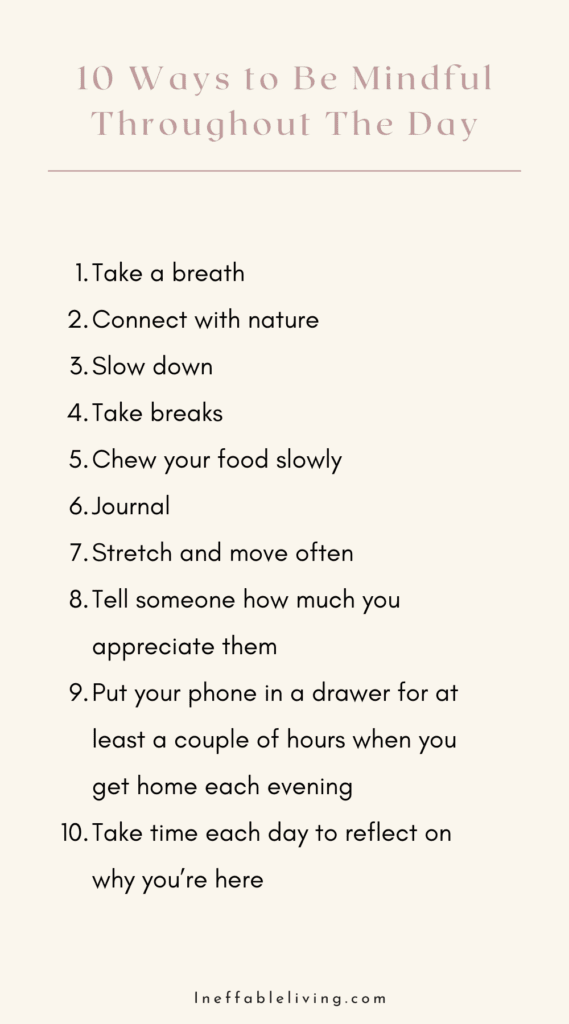
Emotional Mindfulness Activities
8. Acceptance
Whenever a thought comes into your mind, whether it was positive or negative, see it for what it is: a passing thought.
Allow yourself to become aware of these thoughts, then simply let them pass.
If you’re struggling with negative thoughts, you can learn here more Techniques To Control Your Negative Thoughts.
Practical Exercise: Passing Clouds
1. Sit in a comfortable position and begin to focus on slowing your breathing.
2. Notice any thoughts that surface.
3. Picture them as soft clouds passing overhead until they drift away.
4. Now bring your focus back to your breath.
This exercise helps you to step back from your anxious thoughts and restore a real sense of calm.
Related: Top 70 Detachment Quotes To Help You Let Go
9. Listening
Learning to listen mindfully, won’t just reduce your stress. It will also improve your listening skills and deepen your relationships.
Practical Exercise: Mindful Listening
Pause for a moment and listen to what you can hear right now.
You can focus on one sound at a time, or collectively.
You can also practice listening to your inner self, by meditating and noticing your own thoughts without engaging yourself with them.
Related: How To Validate Someone’s Feelings Without Agreeing? (+Examples of Validating Statements)
10. Gratitude
Gratitude is about appreciating what you have rather than focusing on what you might want.
Gratitude is a habit. It’s something you need to remind yourself of each time you’re tempted to complain and pity yourself.
Practical Exercise – Expressing Gratitude
1. Choose a gratitude mantra that you recite every day.
2. Mindfully take the time to think about everything you’re thankful for.
Related: Daily Gratitude Ideas: 10 Ways to Practice Gratitude Every Day
11. Visualization
Although visualization involves imagining the future, it still can be a great way to practice mindfulness and engage with all your sense in whatever you’re visualizing.
Practical Exercise – Visualization
1. Pick a point a few years from now and imagine how you’d like your life to be.
2. Start with small lifestyle changes to improve health and well-being and move on to practical steps you can take to forge your career.
3. Imagine every detail and allow yourself to feel satisfaction.
12. Journaling
Before bed or when you first awake in the morning, grab your journal and mindfully notice your thoughts as your write them down.
Practical Exercise – Mindful Journaling
1. Grab your journal and write down anything that comes to mind.
2. don’t judge your thoughts or evaluate them, simply notice them and write them down.
Self-Observation: Get to Know Yourself
Until you become able to observe yourself, you are driven by habits over which you have no control.
To practice self-observation, you need to locate yourself in time and space. You need to find yourself in the body, but not as the body.
Why Practice Self-Observation?
For most people, their attitude is largely determined by their mood. They think, speak, and act based on their mood.
However, mood is like the weather—it changes constantly. It is not who you are, nor does it affect you in any way, and just like the weather, it is not any of your business or concern.
When you observe yourself using the practice of bodily sensation, you stop identifying with the mood and it ceases to decide your attitude. You become free to choose your attitude at any moment, regardless of circumstances internal or external.
4 Fundamental Principles of Self-Observation
1. Observe Without Judgment
This might be difficult for most people to understand.
The mind is constantly judging and labeling everything that happens in your life and every person you encounter. It does so by establishing two large generalized categories like/dislike (or good/bad —etc.) into which it files all people and things.
The moment you label the behavior/emotion as “bad” (or “wrong” —etc.) then you cease to observe.
To observe without judgment means to focus your attention on bodily sensation and if any thought and/or emotion comes up, you simply let it be and redirect your attention back to the bodily sensation without grabbing hold of (“identifying with”) the thought or emotion.
Then notice what happens to the thought/emotion when you do not follow it or allow it to capture the attention.
The law of maintenance states “What goes unfed weakens; what gets fed grows stronger.”
Your emotions and thoughts feed on the attention and grow stronger. The attention in turn grows weaker and becomes easily distracted by every thought/emotion.
2. Observe Without Changing What Is Observed
This is also difficult to understand because the mind (the judge) has an urge to change what is observed.
This urge to change captures the attention and throws it into a state of “identification” with what is observed.
Thinking “I’ve got to stop eating junk food. Junk food is bad,” may be true, but with identification, the message becomes “I am bad and I’ve got to change.”
Only when the attention remains fixed upon bodily sensation can you observe the behavior without identification.
3. Observe With Attention on Bodily Sensation
Also called self-remembering, observing with attention on bodily sensation helps you stay present, grounded.
The body is always and only in the present, whereas the mind wanders out of the present.
At the same time as you are observing your thoughts and emotions, you keep part of your attention focused on bodily sensation.
Bodily sensation includes the sensation of physical tension and relaxation, the sensations coming in via the five senses: sight, smell, taste, touch, sound, the sensation of energy moving in the body, and the sensation of emotion or thought moving.
4. Observe With Ruthless Self Honesty
Self-observation requires being honest with yourself – telling the truth about yourself, no matter how bad it makes you look.
Without this honesty, we join the mass whose main concern is looking good in front of others.
Most of us have an image of self that sees self as either righteous and virtuous, or bad and ugly. Both are false because both are partial and not complete.
Having this image of self is a coping mechanism that prevents you from seeing yourself for what it is and thus prevents suffering.
By practicing honest self-observation, you choose voluntary suffering.
Seeing your contradictions without lies or judgment causes pain. As you stand in this pain, judging nothing, trying to change nothing, and simply allowing the pain to be sensed throughout the body, you allow the pain to subside.
In fact, when we interfere with the pain (thinking about it, reacting to it, judging it, fighting it, trying to “fix” it, identifying with it) we magnify it and make it worse.
Try This: Observe the Following in Yourself
1. Unnecessary Tension Anywhere In The Body
Unnecessary tension means more muscular tension than is required to perform the task at hand.
If you can’t sense the whole body altogether, then begin with its parts. Notice the subtle movement of energy within, breathing into each part, relaxing as you exhale.
Once the body is relaxed, then observe the following:
2. Unnecessary Thoughts
Unnecessary thoughts refer to any thinking which is not solving a problem or is not related to what is happening at the moment.
Observing unnecessary thoughts can then become a trigger, an internal “reminder” to help you refocus the attention on body sensations.
Thought is a useful tool. It is a marvelous servant, but an inefficient master. It’s not meant to control or run your life.
3. Inappropriate emotion
Inappropriate emotion refers to any emotion which is more than is appropriate to the present situation (extreme, not related to the present moment (daydreaming, imagination), dramatic reaction, etc.)
Like unnecessary thought, inappropriate emotion can simply become a trigger, an internal “reminder” to help you refocus the attention on body sensations.
4. Ineffective Habit
The ordinary person spends a lifetime repeating the same habits over and over again and wishing for different results.
Using self-observation, you can start noticing ineffective habits and change them.
“When you are identified with the mind you cannot be very intelligent because you become identified with an instrument, you become confined by the instrument and its limitations. And you are unlimited —you are consciousness.
Use the mind, but don’t become it . . . mind is a beautiful machine. If you can use it, it will serve you; if you cannot use it and it starts using you, it is destructive, it is dangerous. It is bound to take you . . . into some suffering and misery . . . Mind cannot see; it can only go on repeating that which has been fed into it. It is like a computer; first you have to feed it
. . But you should remain the master so that you can use it; otherwise it starts directing you.“
(Osho. The Dhammapada: The Way of the Buddha, 171)

FREE Mindfulness and Meditation Resources
Websites:
QuietKit: QuietKit is a useful source for meditation beginners. They offer simple tips to get started, and keep up with a meditation schedule. Best of all, it’s all 100% free.
Check out: Box Breathing, a Navy Seal breathing technique to help you find calm. You inhale for 4 seconds, hold for 4 seconds, exhale for 4 seconds, hold for 4 seconds.
MBSR by Palouse Mindfulness: This is a free online Mindfulness-Based Stress Reduction program resource.
Audio Dharma: Audio Dharma is a collection of vipassana meditations and dharma talks in audio format. Most of the meditations are led by Gil Fronsdal and Andrea Fella – teachers at the Insight Meditation Center in Redwood City.
Check out: Breathing Interconnection in Challenging Times led by Nikki Mirghafori.
Tara Brach: Renowned meditation teacher and author Tara Brach offers beautifully instructed meditation. Her methodology combines Eastern spiritual philosophies and Western psychology, also known as Western Buddhism.
Check out: guided meditation “Calling on Your Awakened Heart”
DoYogaWithMe: Started 10 years ago by David Procyshyn, the website is a definitive source for yoga and yoga-centred meditation.
Check out: guided meditation on how to reduce stress, anxiety and depression.
Mindfulness for Teens: This is a great meditation resource designed for adolescents. This website was started by Dr. Dzung Vo, a pediatrician at B.C. Children’s Hospital who developed MARS-A (Mindful Awareness and Resilience Skills for Adolescents) – an adaptation of the MBSR program.
APPS
Breathing
Apps like Prana Breath, MindShift CBT, Breath Ball, and Health through Breath can help make breathing exercises easier.
Mindfulness
Apps like The Mindfulness App, Headspace, Calm, and buddhify can help introduce you to mindfulness and silent meditations.
Yoga
You can also use phone apps like, Daily Yoga (iPhone/ Android), Yoga Studio (iPhone/ Android), Down Dog (iPhone/ Android), Glo (iPhone), Yoga – Track Yoga (Android), Yoga for Beginners (iPhone), Yoga Daily Fitness (Android).
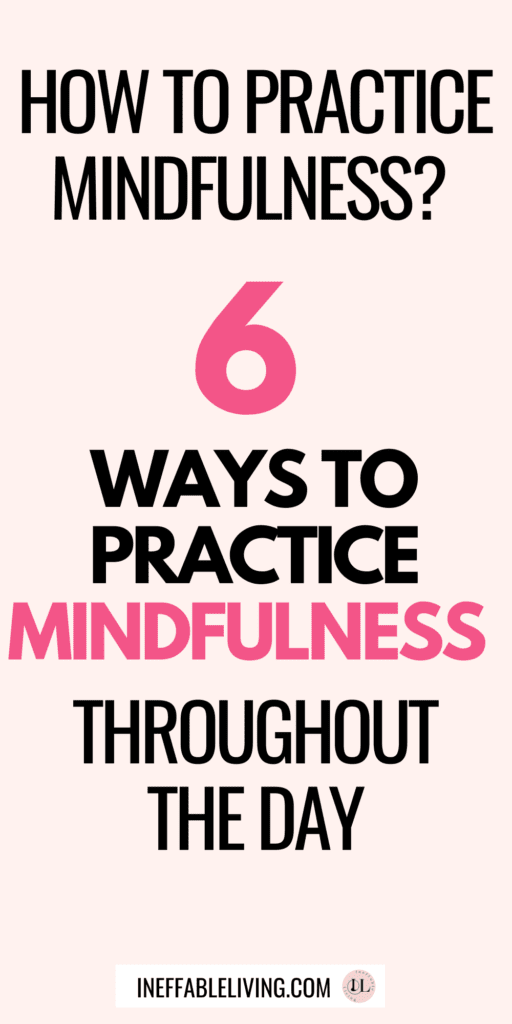
Resources
Portions of this article were adapted from the book A Mindfulness-Based Stress Reduction Workbook ©, 2010, by Bob Stahl and Elisha Goldstein. All rights reserved.
- Getting Started with Mindfulness – Mindful
- What is Mindfulness? – Mindful
- Mindfulness exercises – Mayo Clinic
- Mindfulness Definition | What Is Mindfulness (berkeley.edu)
- Mindfulness | Psychology Today
- Mindfulness at Work – Well Guides – The New York Times (nytimes.com)
- Less stress, clearer thoughts with mindfulness meditation – Harvard Gazette
- What Is Mindfulness Meditation? (verywellmind.com)
- The Science of Mindfulness – Mindful
- Mindfulness meditation: A research-proven way to reduce stress (apa.org)
- Effects of Mindfulness on Psychological Health: A Review of Empirical Studies – PMC (nih.gov)
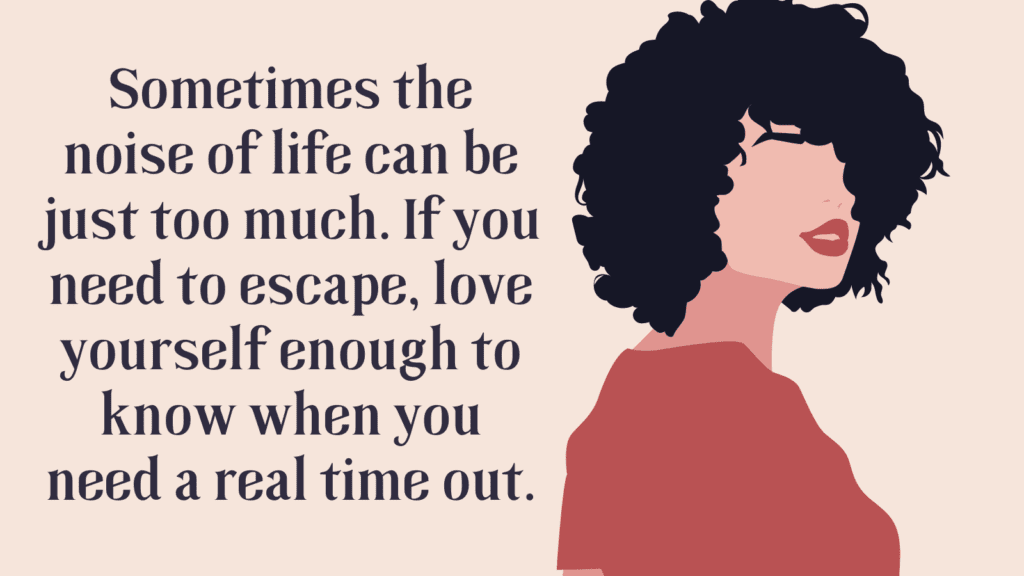
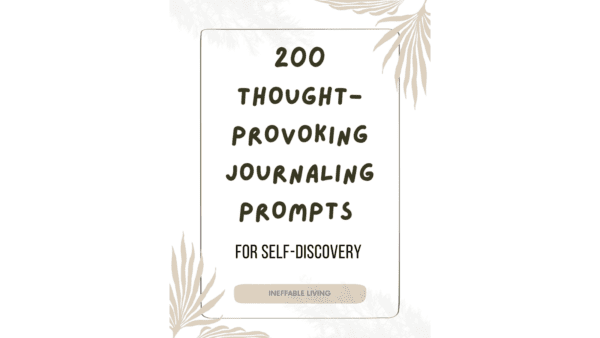

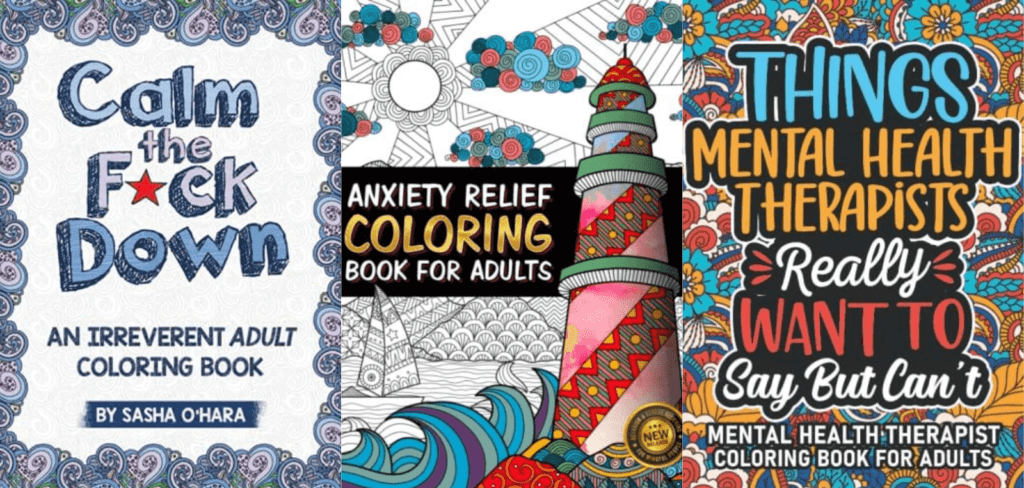
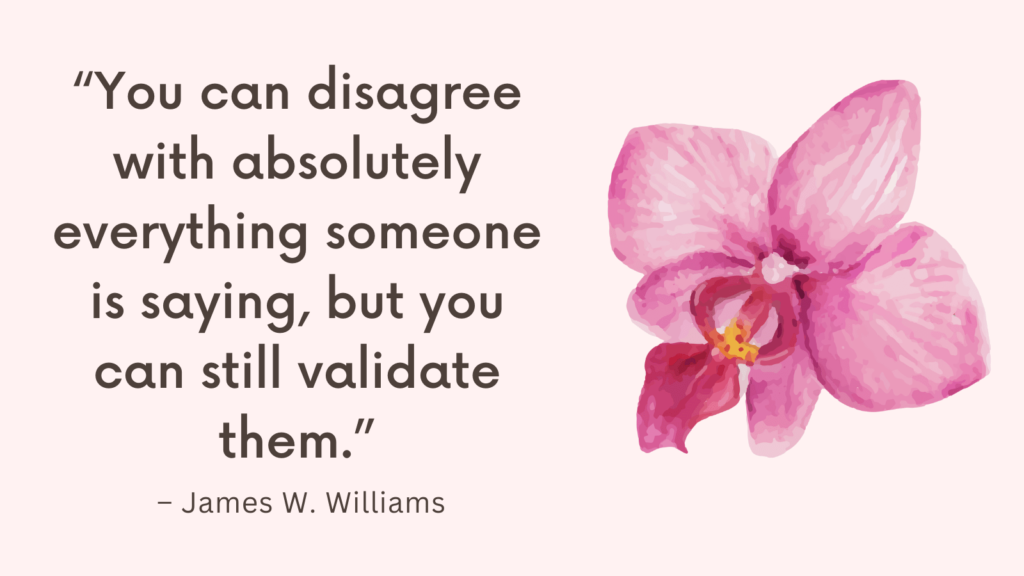
Comments are closed.